Have you ever caught your horse acting out of the ordinary, leaving you puzzled and worried? Horses are incredibly sensitive creatures, often showing their emotions in subtle, surprising ways. Sometimes, what seems like a small quirk could actually be a cry for help. Recognizing anxiety in horses early on can make all the difference between a happy, healthy companion and one silently suffering. Let’s uncover the top 10 signs of anxiety in horses, so you can better understand what your equine friend is really trying to tell you.
Restlessness and Constant Movement
One of the most common signs of anxiety in horses is restlessness. If you notice your horse pacing back and forth in the stall, weaving, or constantly shifting its weight, this could be a clear signal of unease. Horses naturally stand still for long periods, so excessive movement is their way of releasing nervous energy. Sometimes, they might even paw at the ground repeatedly or circle their paddock. This behavior isn’t just annoying—it’s your horse’s way of saying, “I’m not okay.” Restlessness can quickly turn into destructive habits, like cribbing or chewing on fences, if the root cause isn’t addressed. Pay close attention to these restless behaviors, as they can quickly escalate. Being aware of this sign can help you step in before things get worse.
Loss of Appetite or Sudden Changes in Eating Habits
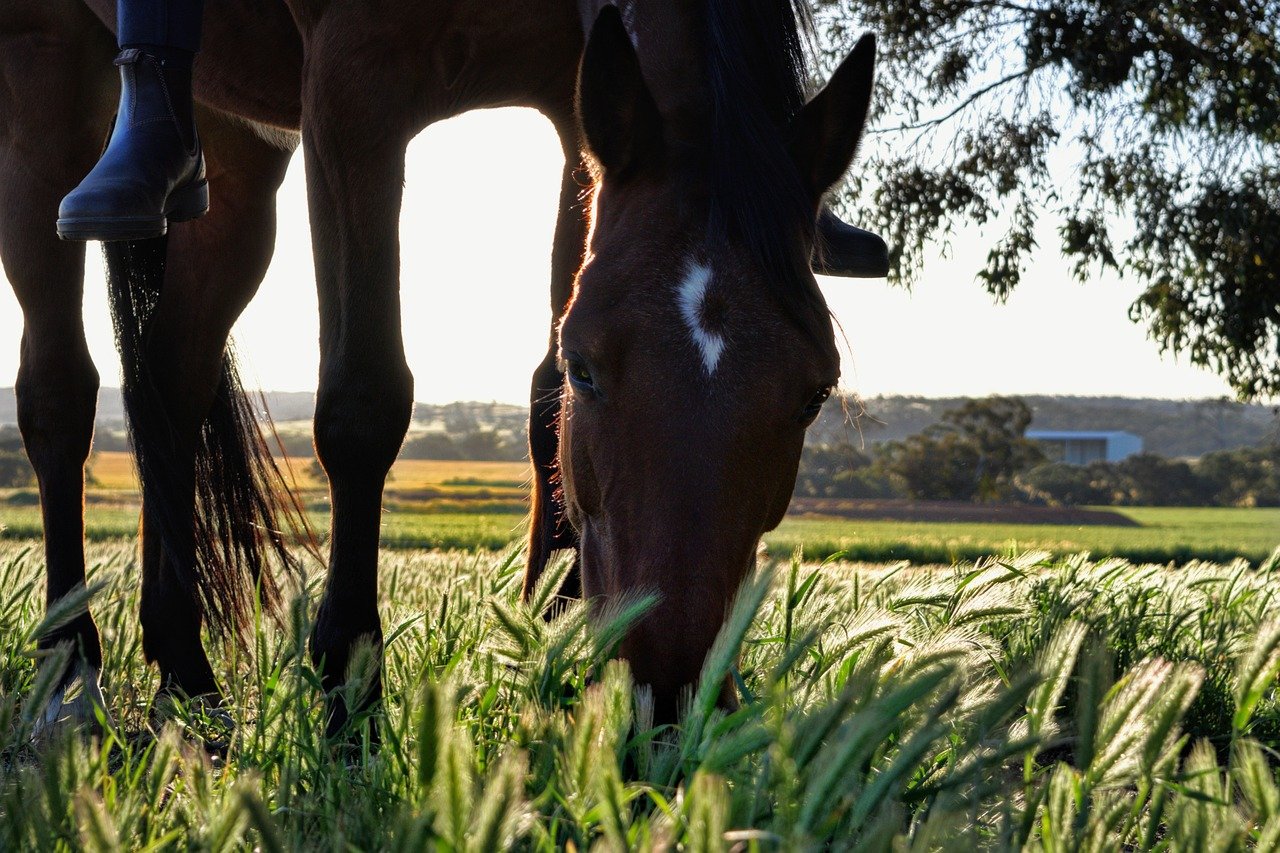
Horses are creatures of habit, especially when it comes to food. If your horse suddenly stops eating or shows less interest in its usual meals, anxiety could be the culprit. This loss of appetite might seem like a small issue at first, but it can rapidly lead to weight loss and other health problems. Sometimes, a horse may pick at its hay or even refuse treats it used to love. Keep an eye out for changes in drinking habits, too—some anxious horses may start drinking less water, increasing their risk of dehydration. These shifts in eating or drinking should never be ignored, as they often point to deeper emotional distress. Remember, a happy horse looks forward to mealtime; anxiety can take this simple pleasure away.
Excessive Sweating Without Physical Activity
Sweating is normal for horses when they’re exercising or it’s hot outside. But when a horse starts to sweat for no obvious reason—standing in its stall or while calmly grazing—it’s a red flag. Anxiety can trigger the body’s stress response, causing sweat to appear along the neck, flanks, or under the saddle area. Sometimes, the sweat may even have a different, stronger odor. This is your horse’s nervous system working overtime, even when it shouldn’t have to. Don’t ignore unexplained sweating, as it can quickly lead to dehydration and other health issues. Always look for patterns—if your horse sweats at certain times or in specific places, anxiety might be to blame.
Frequent Startling or Spooking Easily
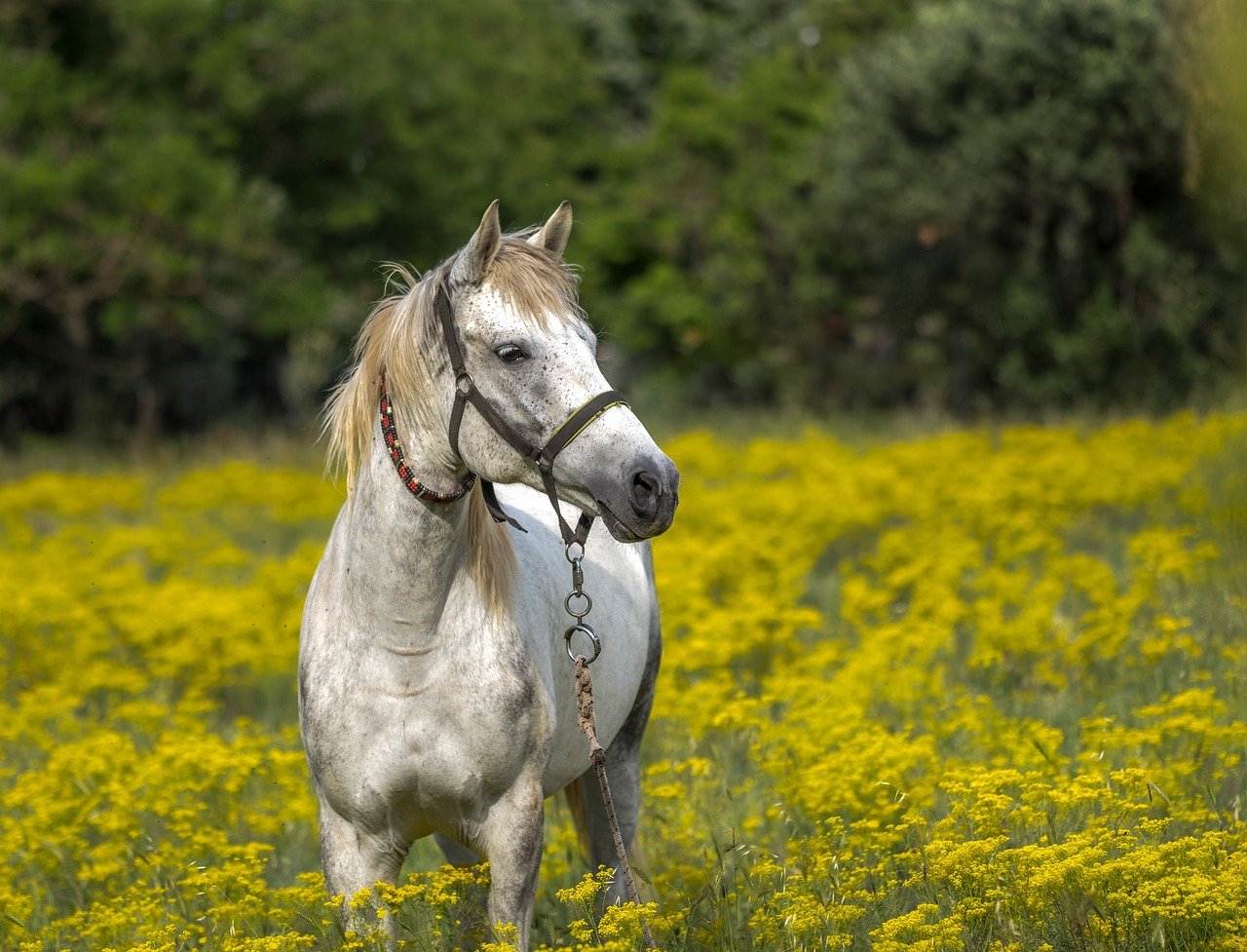
Is your once-calm horse suddenly reacting to every little sound or movement? Horses are prey animals, so they’re naturally alert. However, a horse suffering from anxiety will startle far more easily than usual. You might notice them jumping at noises that never bothered them before, or shying away from new objects in the environment. Sometimes, this heightened sensitivity can make riding dangerous, as the horse may bolt or buck unexpectedly. This behavior isn’t just inconvenient—it puts both you and your horse at risk. If you notice your horse becoming jumpier or more unpredictable, it’s time to look closely at what might be causing that extra layer of fear.
Tail Swishing and Ear Pinning
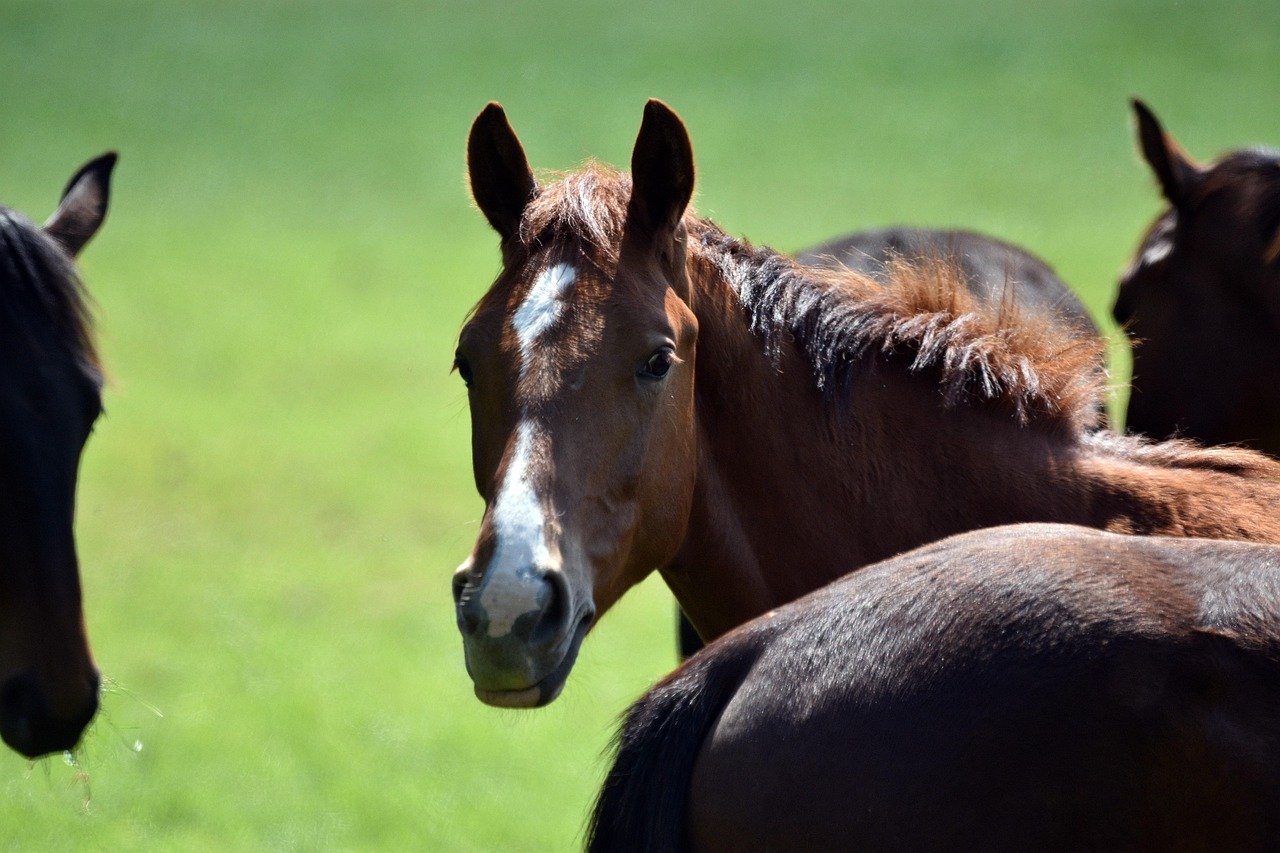
Body language speaks volumes when it comes to horses. Frequent tail swishing, especially when there are no flies around, can be a sign of irritation or anxiety. Combined with pinned-back ears, this signals that your horse is feeling defensive or on edge. These gestures might appear while grooming, saddling, or even during regular handling. They’re not just “bad manners”—they’re your horse’s way of telling you something isn’t right. Left unaddressed, this tension can lead to more aggressive behaviors like biting or kicking. Always take these subtle cues seriously; your horse relies on you to notice when something feels wrong.
Vocalizing More Than Usual
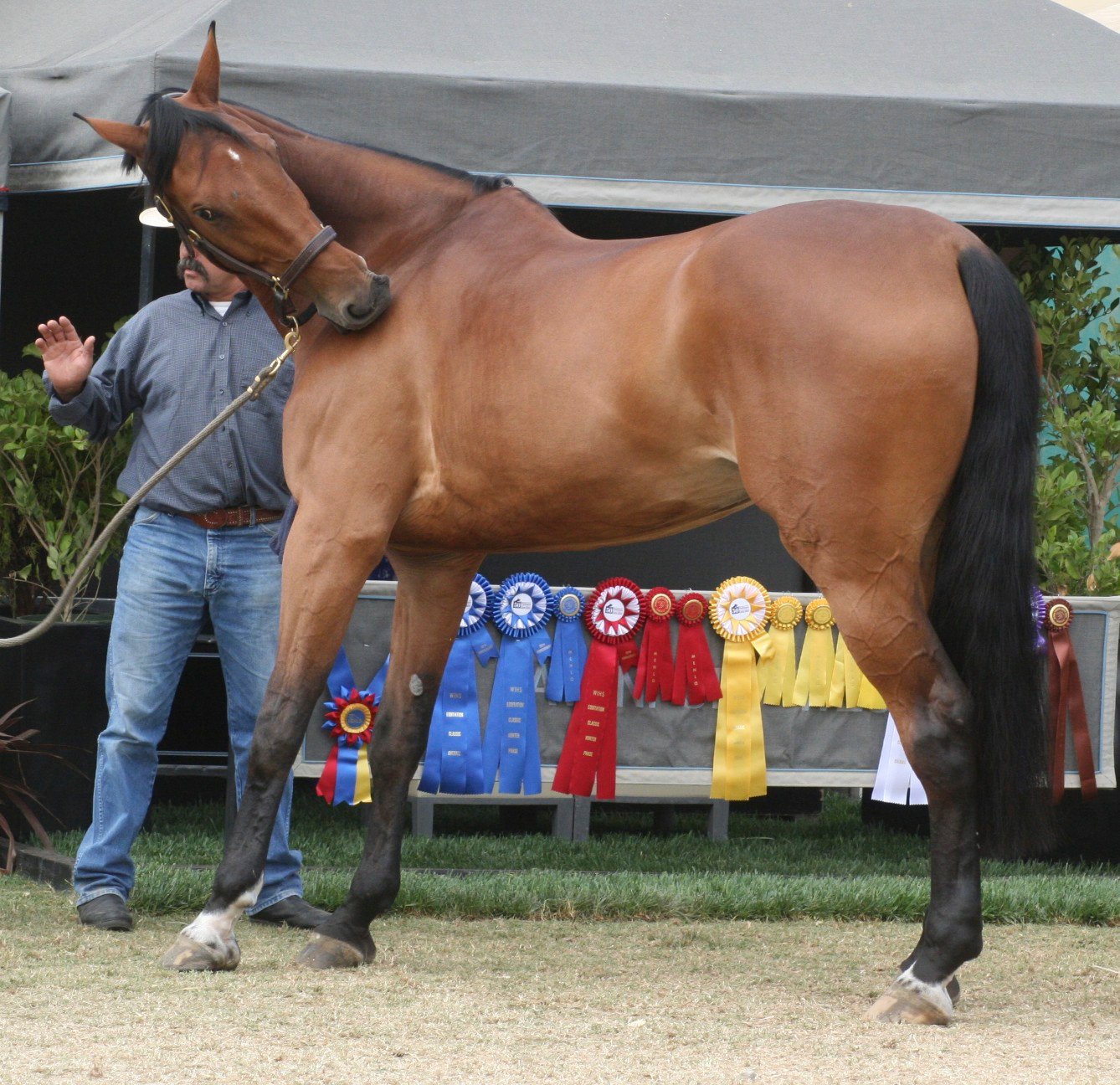
Horses communicate through more than just body language—they also use their voices. If your horse starts whinnying, neighing, or snorting more than usual, it could be expressing anxiety. Some horses might call out to their stablemates repeatedly, especially when left alone. Others may grunt or blow loudly when approached. Increased vocalization often happens when a horse feels isolated or unsure of its surroundings. It’s easy to dismiss these noises as harmless chatter, but they can be a direct window into your horse’s emotional state. Listening closely can help you catch anxiety early on.
Changes in Posture and Muscle Tension
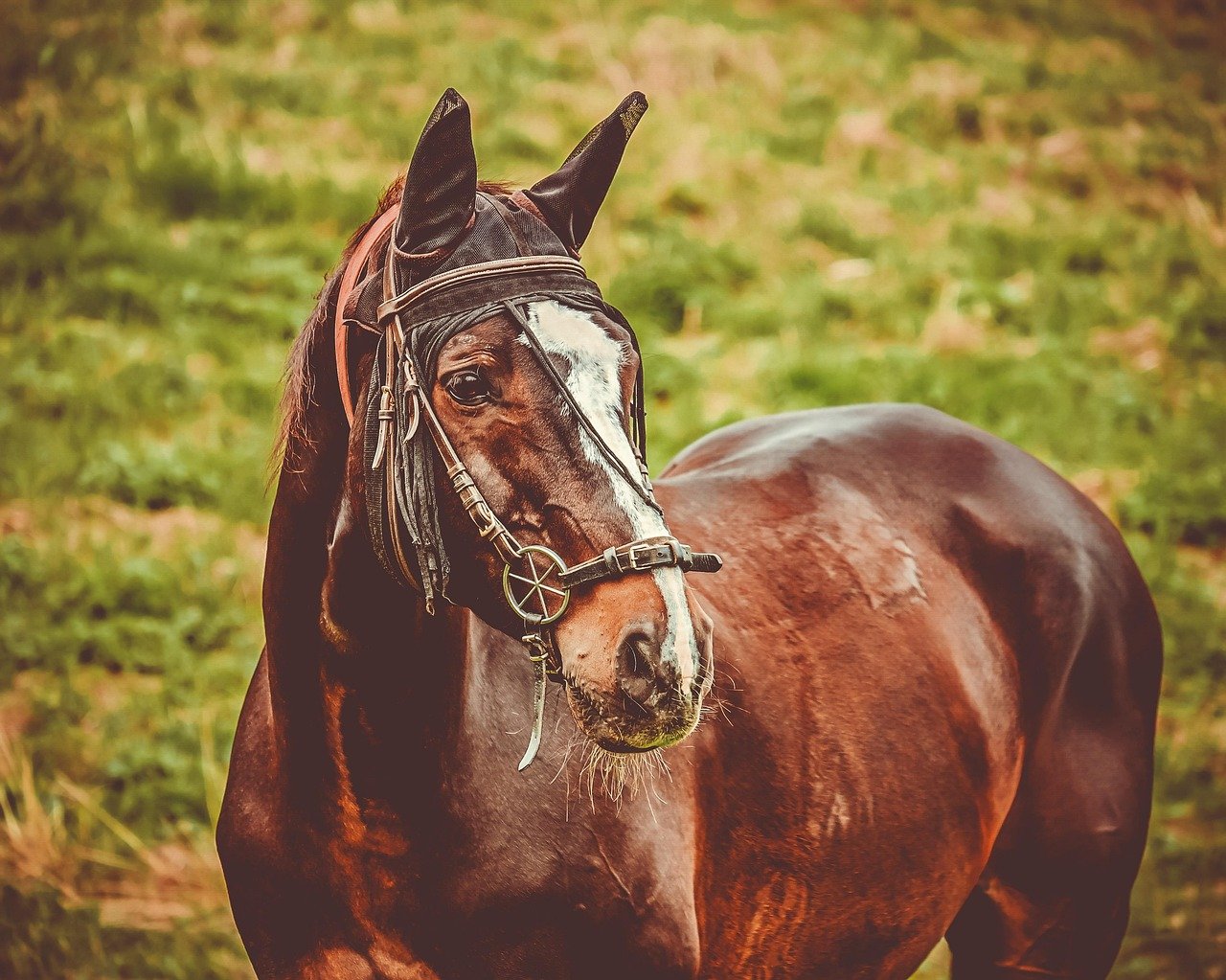
A relaxed horse stands with its head low, muscles soft, and eyes half-closed. In contrast, an anxious horse may hold its head high, tighten its neck, and stiffen its entire body. You might see visible tension along the jaw or shoulders, or even notice trembling in the legs. Sometimes, the horse will brace itself, as if expecting something bad to happen. These physical changes are often subtle but speak volumes about internal stress. Watching your horse’s posture carefully can reveal anxiety you might otherwise miss. It’s important to notice these shifts before they develop into chronic muscle pain or even lameness.
Difficulty Standing Still or Being Tied
Standing quietly for grooming or tacking up should be routine for most horses. However, anxious horses often struggle with being tied or asked to stand still. They might fidget, pull back on the lead rope, or try to break free. This restlessness can make even simple tasks like hoof picking feel like a battle. Sometimes, a horse will paw at the ground or swing its hindquarters away from you. Not only is this stressful for the horse, but it can also become dangerous for handlers. If your horse suddenly develops issues while tied, anxiety could be the underlying cause.
Digestive Upset or Manure Changes
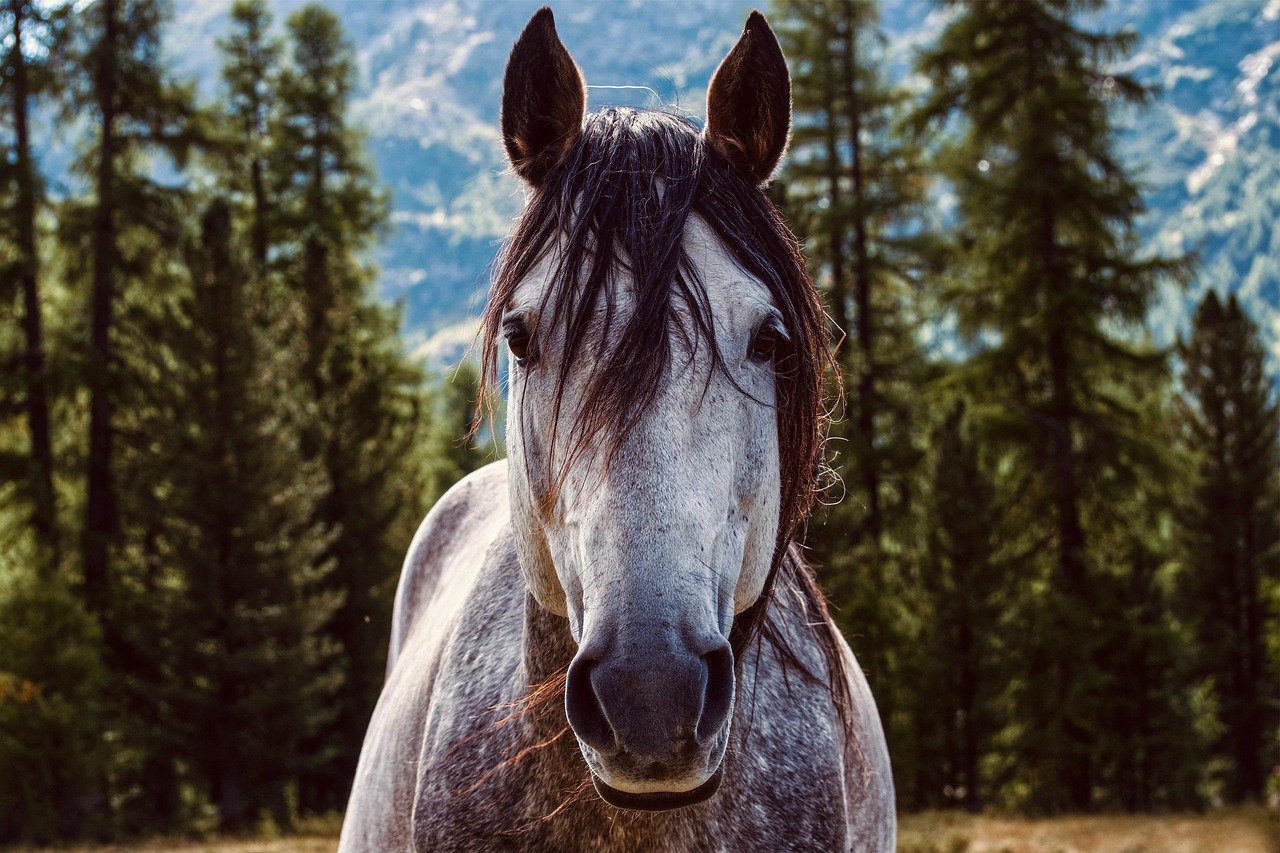
The gut is often called the “second brain,” and this couldn’t be truer for horses. Anxiety can wreak havoc on their digestive system, leading to loose manure, diarrhea, or even colic. You might notice your horse passing manure more frequently or showing signs of discomfort, such as flank watching or stretching. Sometimes, the manure itself changes in appearance or smell. These digestive issues aren’t just unpleasant—they can be life-threatening if left unchecked. Always pay attention to any changes in your horse’s bathroom habits, as they often reveal hidden emotional turmoil.
Avoidance and Withdrawal from People or Other Horses
One of the saddest signs of anxiety is withdrawal. A normally friendly horse might start avoiding people or other horses, standing in the far corner of the paddock or turning away when approached. This avoidance can feel like rejection, but it’s actually a sign your horse is overwhelmed and trying to cope. Some horses may even become aggressive if their space isn’t respected. This shift in social behavior often goes unnoticed, but it’s a powerful indicator that something is wrong. Building trust and offering gentle reassurance can help your horse feel safe again.

Born and bred in South Africa, a Capetonian at heart. Amy-Leigh’s love for nature and animals was inherited from her Dad. He loves taking the family on road trips to experience nature at its finest; Amy-Leigh’s favourite being whale watching in Hermanus and spotting Kudu along the West Coast. Amy-Leigh holds a BA in English Literature and Communication Studies.






